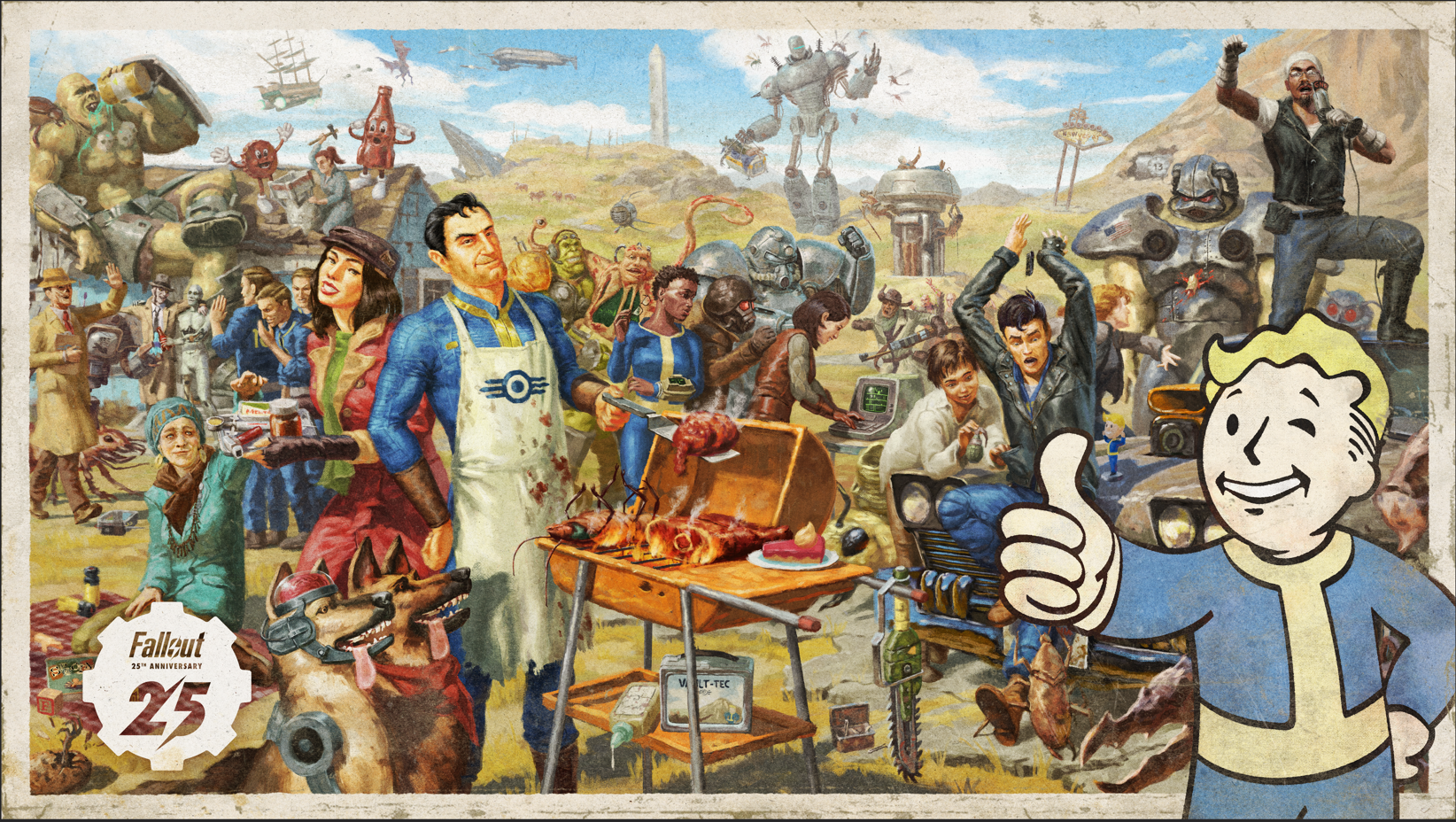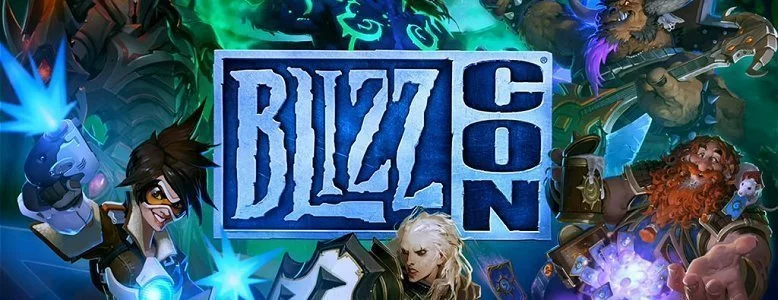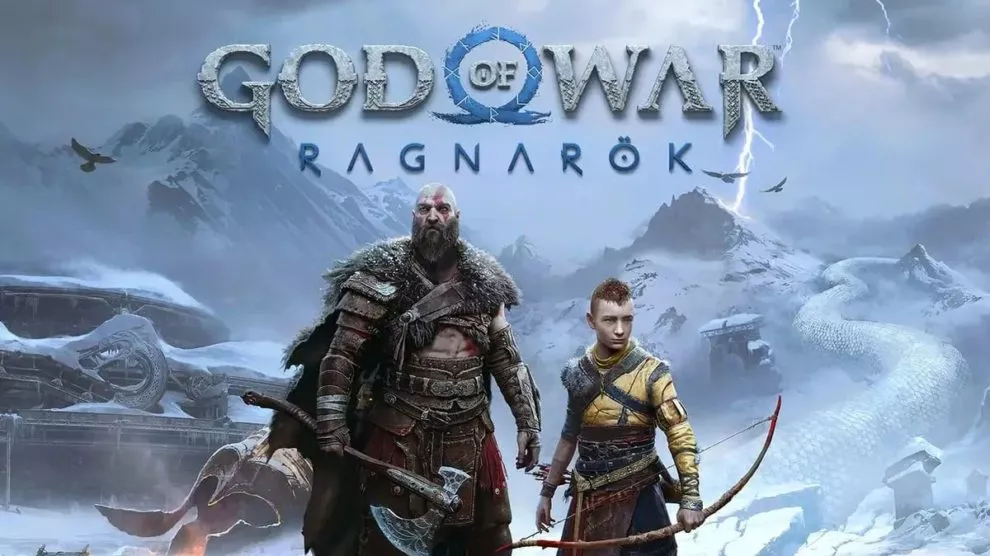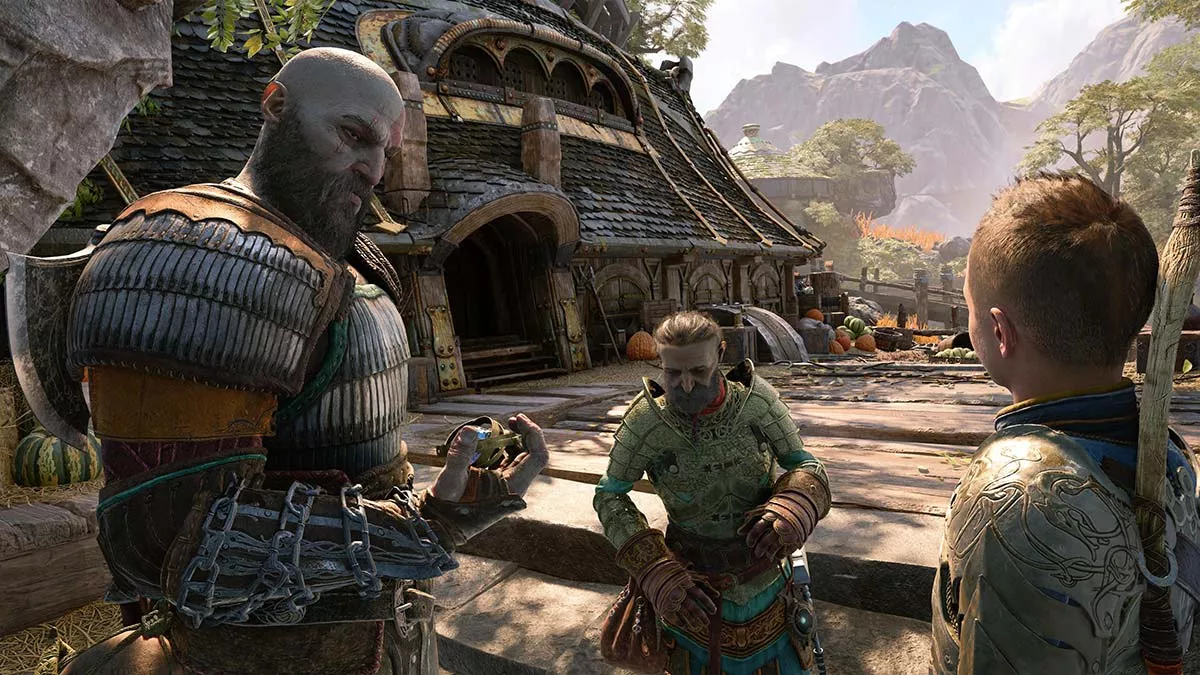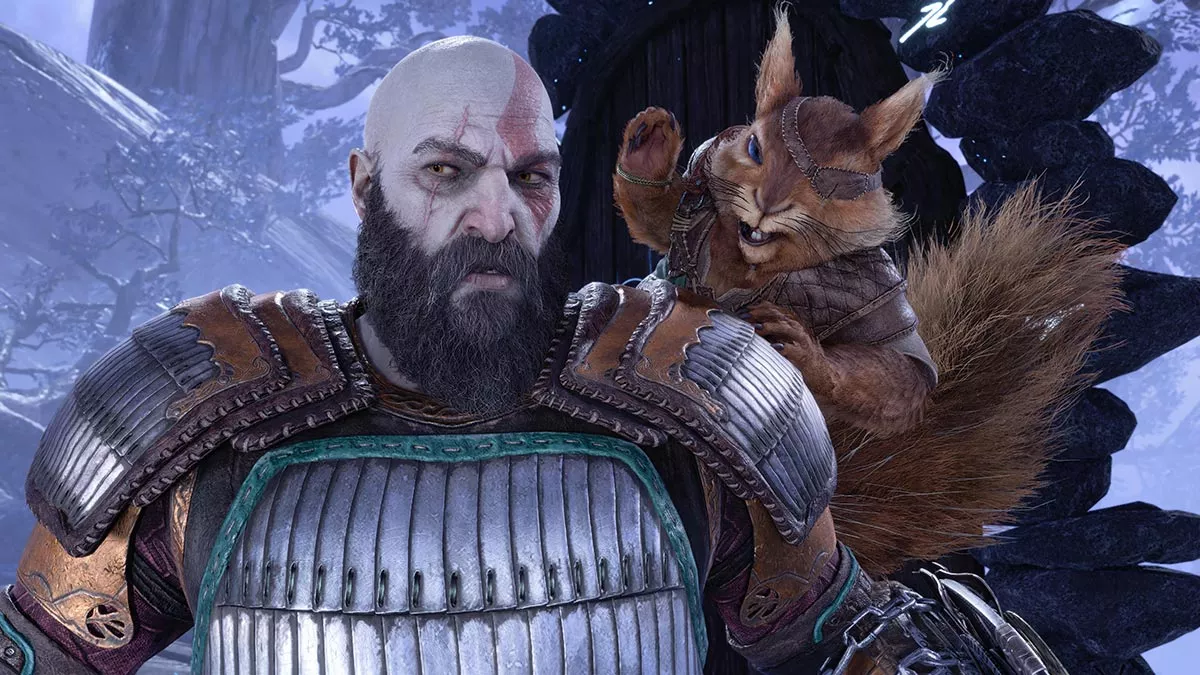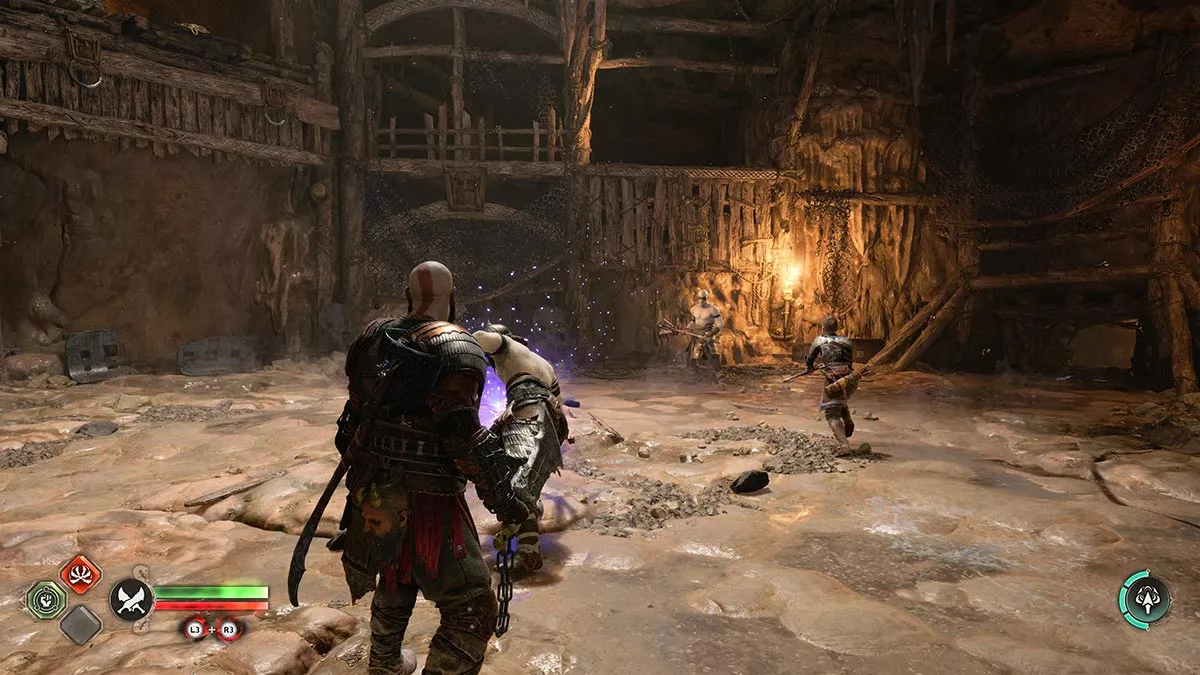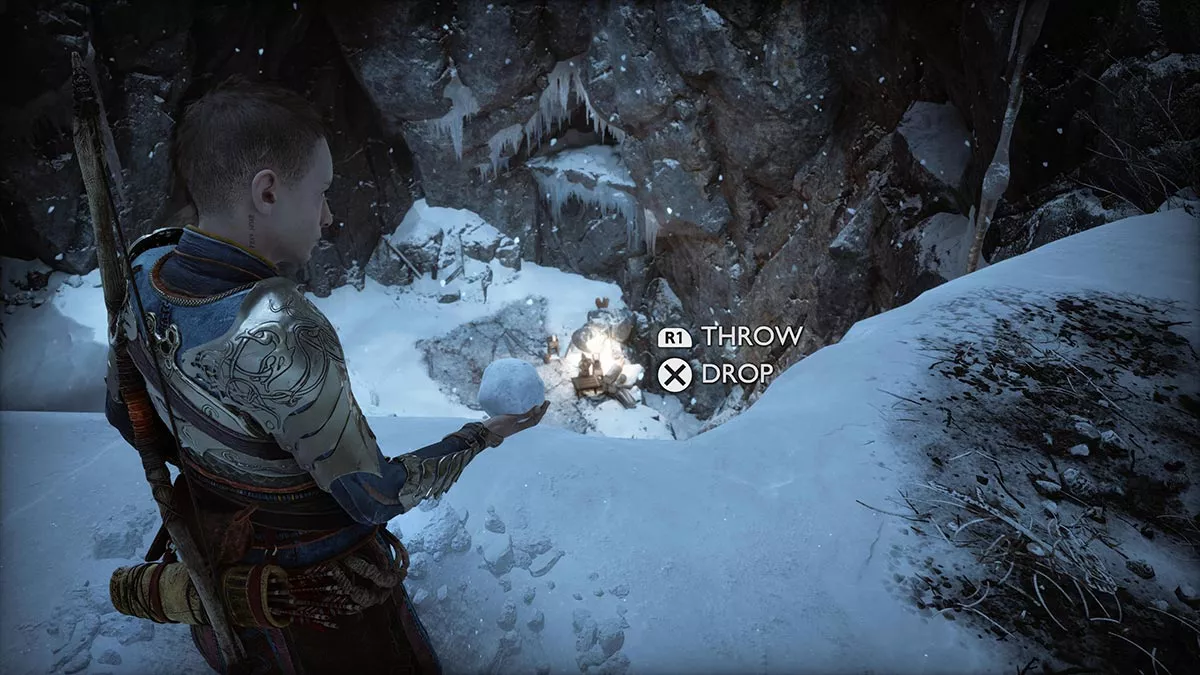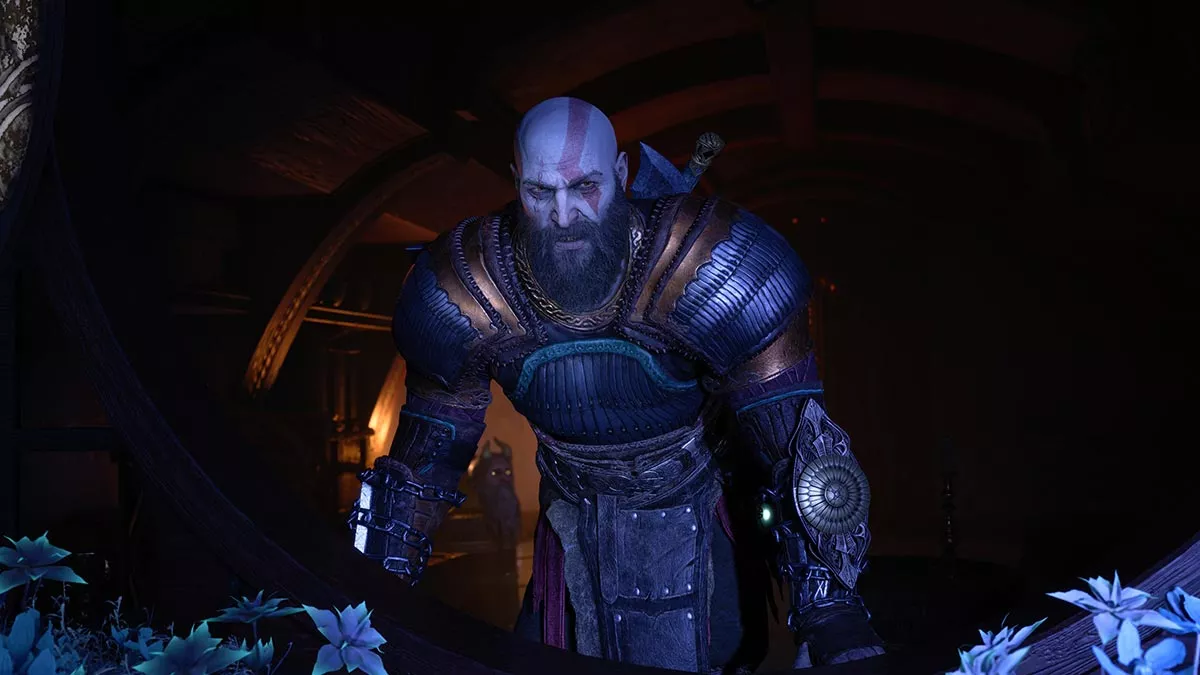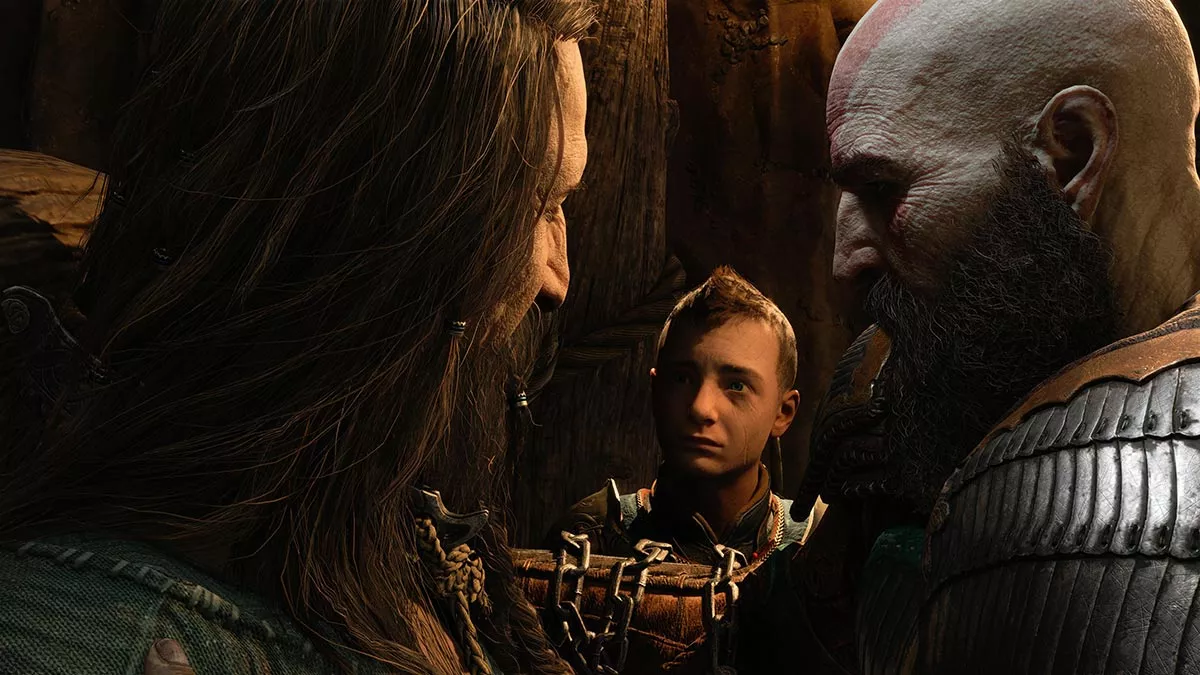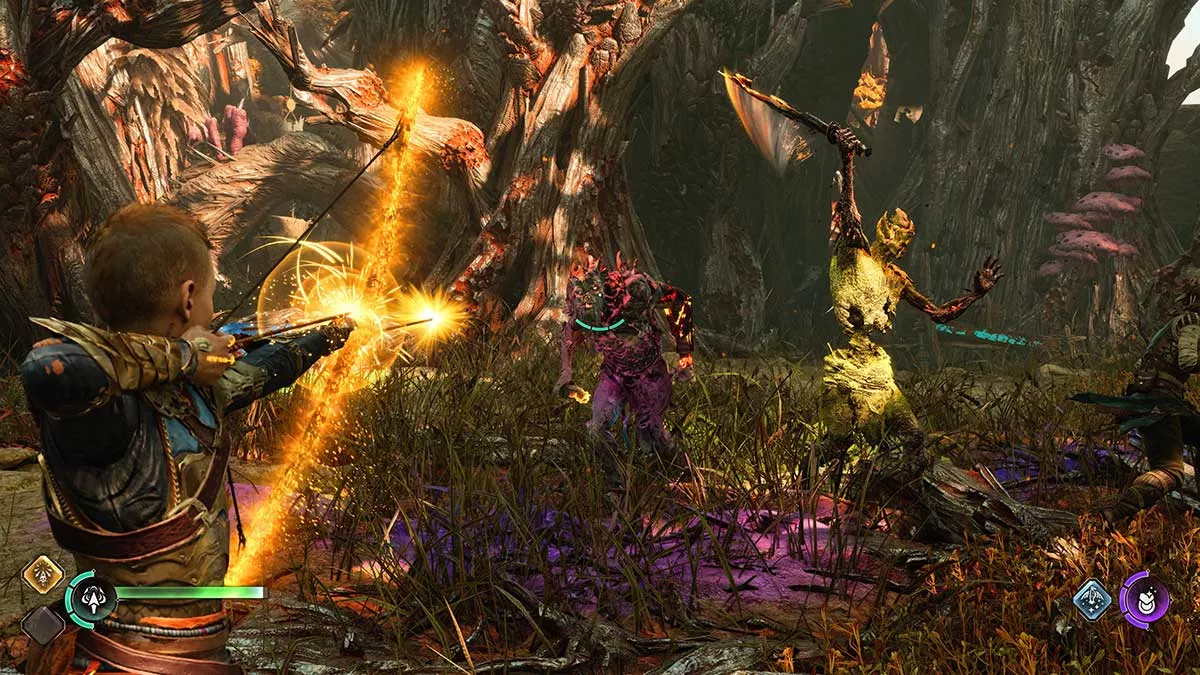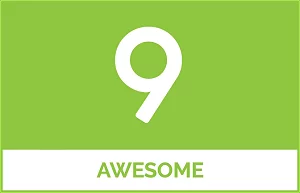Kratos' reboot signs-off after just two games, expertly unifying story with gameplay and proving a safe sequel can be brilliant.
God of War set a new bar for a reboot, a reimaging, when it launched to critical acclaim in 2018. It took a known, but somewhat niche series compared to Sony’s big hitters, and transformed it into something amazing that appealed to both longtime fans and the mass PlayStation audience. In delivering a second game four years — and one console generation — later with God of War Ragnarok, developer Sony Santa Monica Studio has taken a different approach: more of the same. There’s no need to reinvent Kratos again so soon, and in deciding to end the rebooted arc after just two games, it has set its sights on leaving fans wanting more with the ultimate encore sequel.
The internet is littered with Ragnarok nitpicks, deep dives, hot takes, and meticulous breakdowns. Now it has been out for a few days, I’m not going to do that. You’re not here to see if you should buy God of War Ragnarok; you know you should. You’re probably here to bathe in its glory and see how my opinion corresponds to your own. There’s a comfy joy in embracing the culture and celebration around a game. Often when you can’t muster the energy to actually play it. So, without a spoiler in sight, let’s look at why God of War Ragnarok is a perfectly safe sequel – more of the same in all the right ways – in a rare two-game arc.
A sequel as much for PS4 as PS5
God of War Ragnarok is a PlayStation 4 game. Best played on PS5, sure, but a PS4 game. Santa Monica Studio said as much, and it’s deeply ingrained in game design and structure. You’ll see it in how the world is designed, and as Kratos spends ample time shuffling through convenient cracks. In fact, the game is happy for you to see its blueprint. Its story > linear path and banter > combat > puzzle > combat > repeat formula, which has been so successful in Sony’s first party roster, is as visible as I’ve ever seen it – and it’s so good, it doesn’t matter that you can almost see how the sausage is made, or at least how it fits together. The team set out to make a stunning PS4 game, as Sony’s workhorse finally nears retirement, and that’s exactly what they’ve done.
I wouldn’t even consider it a cross-gen game, at least not in the sense we’ve come to know in 2022. The last-gen version hasn’t been watered down to accommodate the aging hardware, nor have sacrifices been made. It plays great on PS4 – the console’s dust-baked fan will approach take-off speed, but it plays amazingly well.
Instead, the PS5 version is more like an enhanced version of a PS4 game. A better experience. But not so much so that you should wait if you don’t have access to a current-gen machine. It’s more like a game released towards the end of last-generation and later updated for PS5. Only the update has come at the same time.
I’ve primarily played on PS5, and while dabbling on a launch PS4 is notably blurry with its lower resolution, the world design remains unchanged between the two platforms. What PS5, and to an extent PS4 Pro, offers is options. That’s an excellent combination of quality and performance tweaks, ranging from 4K 30 frames-per-second, to a locked 60 frames or an unlocked rate up to 120 frames, with variable resolutions and small tweaks to visuals. If you have a HDMI 2.1 120 frames-per-second display, the quality mode plus performance mode gives the best of both worlds at a smooth locked 40 frames per second. That’s my pick of the bunch.
Most importantly, it’s great no matter where you play it.
The ultimate second and final act
The stunning rejuvenation of God of War (2018) has passed. The sequel is normally when developers look to show how they’ve gone bigger and better to ensure a franchise’s longevity. That’s not Ragnarok. It’s decided to go out on top. In doing so, it’s able to focus on subtle improvements across the board, without need for the showstoppers, and deliver the perfect more-of-the-same sequel. God of War already changed so much. It built so much. There’s more to be told in this world.
Ragnarök takes everything that was great about its predecessor, and simply does it again with mild tweaks for the better to almost everything. Blink and you’ll miss it. The combat is very similar, complete with its flawed camera, and deeply satisfying flow of brutal attacks chained together. It’s a familiar guilty pleasure, with a little more speed and more variety through projectiles with Atreus and his bow taking a playable role at select moments.
There is more variations in enemies, with each realm having a distinct style. It still feels like you’re dispatching the same cloned army of mythical creatures on repeat; and yet, it doesn’t matter. It’s glorious and pays homage to the series’ hack and slash roots, with added style. And you’ll still be forced into mashing and hoping, at times, when the action wanders too far off-screen. There are a few camera modes to choose your preferred lock-on method, but none of them are without fault.
Kratos’ axe feels heavy and intimidating, just like his last adventure, and his double-blades are far nibbler, but not as imposing, making for nice variety. It’s glorious being able to launch the Leviathan Axe at enemies, and puzzles, and effortless have it fly back into the palm of Kratos’ hand. One of the greatest moments in the action game genre, and you have it on repeat.
Both regular weapons have some new tricks, and combat might be a little faster, but it’s very familiar; slightly tweaked rather than overhauled. The regular hordes of goons are fairly easily dispatched — although larger groups can prove tricky. They’re joined by a strong list of bosses, through both main quests and optional jaunts, and those are often then ones who put up the greatest challenge. Some can be encountered a few times, and should you stumble into their lair while you’re still coming to grips with Kratos’ power, expect to be put in your place.
Atreus, as a companion or playable character, continues to dominate with his bow and arrows, at range and as a melee weapon. His gameplay segments are less frequent and designed with his unique skillset and the specific story elements in-mind. He may be small, but from the moment you first take control, he feels powerful. Perhaps even more powerful than his father, and playing as him really helps to develop both characters; he’s no longer just the boy.
When not slicing and dicing, God of War Ragnarok’s traversal has a little more Nathan Drake, as the father-son team scale walls and solve clever puzzles. Some are optional, normally suggesting tantalising loot to upgrade armour or weapons, while others are mandatory to progress; often due to a small obstacle causing an impasse the towering Kratos couldn’t possibly walk past.
On the whole, I like the puzzle sections, and they’re placed well to break the otherwise frantic monster slaying. But in making the game accessible to all, Santa Monica Studio doesn’t give its audience enough credit – dare I say, it either thinks we’re all morons or have the attention span of a hyperactive terrier. As a game that encourages mopping up after battles to collect consumables, Ragnarök is far too eager to have your companion proclaim how to progress a puzzle you haven’t even seen yet.
“It looks like that water is moving the platform.”
What platform?
“If only we could freeze the water.”
Oh, that platform.
“Hey, your Leviathan Axe can freeze water!”
Shut up, boy.
The game’s other accessibility options are all excellent, and exactly that – optional. Sony needs to tone down its chirpy companions, or better yet, add options silence them during puzzles for a longer time or disable their opinions all together. It distracts from otherwise smart puzzle design and feels jarringly out of place when Atreus condescendingly encourages his furious father’s good, but unsuccessful, try.
Story and presentation to equal gameplay
God of War draws from Norse mythology, and tells its own story of family, hardships, truths, loss and redemption. With the established father-son dynamic between Kratos and Atreus – and the chirpy banter from bumbling head Mirmir — Ragnarök launches straight into a tug at the heartstrings – and that really sets the tone. This strong start is also amongst the weakest of the game. It only gets better the more you play.
It blends seamlessly between cutscenes and gameplay, to the point it often took me a moment to register I wasn’t playing when a narrative beat took hold. That’s rare, exceedingly rare, in a world where most cutscenes trigger an instinctive response to scroll through my phone. If you’re a ‘gameplay is king’ purist, Ragnarök and its predecessor may be the duo to sway you on a narrative-gameplay blend; each having an equal weighting in God of War’s approach. If anything, it’s story and presentation that are given top billing, ahead of gameplay.
Through a fairly linear world, with some optional paths and exploration, plus regular backtracking, God of War Ragnarok’s intertwined narrative, gameplay and level design kept me hooked. Side tasks carry far more weight this time around, and while my thirst for loot had me exploring tucked away nooks, the pacing funnels towards the main quests – and that’s how I recommend playing for the most engaging experience.
The writing, narrative design, pacing, overall lore, character development, emotional threads, and iconic voice acting all play their part. With more screen time central to the story, Sunny Suljic does a great job as a teenage voice actor, as he develops the “boy” of 2018 into a co-protagonist. It’s wonderfully contrasted by Christopher Judge’s iconic Kratos, and even the bit-part characters remain memorable through strong performances. It’s brought together by an excellent orchestral score, which kicks in at all the right moments to give you chills and is largely responsible for building the atmosphere. Subtitles are on by default, but this isn’t a game to play low on sound.
It’s a combination of all factors that makes Ragnarok so captivating. But it’s the technical quality that brings it all together to create a unified experience. I can’t recall another AAA game, of this production value, that so seamlessly combines combat, leisurely gameplay and cutscene dialogue into a single experience. Through a clever use of single-shot cutscene camera, it weaves between active participant and invested observer perfectly.
Meeting conflicted expectations
While I adore God of War Ragnarok, I can see and understand the other side of the coin. In being so like its predecessor, I’m sure there are some fans who wanted more. After browsing Metacritic, you might have expected to be blown away. Perhaps you aren’t disappointed, but a little underwhelmed. Is this it? So conditioned are our expectations of games, and especially console exclusives, that score so highly universally.
Two years into a new console generation, I can understand expecting a little more. But games don’t always have to innovate. They needn’t always blow us away – and with Ragnarök, we’re only one game removed from one of the biggest genre and gameplay shifts of a beloved series since games went 3D. God of War left us wanting more, and that’s exactly what Santa Monica Studio delivered. Ragnarök is the encore, not the middle act.
Too often guaranteed bestsellers feel compelled to offer the full trilogy – and more. Had God of War gone down that path, it would have had to innovate, expand its horizons and set the scene for a finale destined to push the PS5 to its limits years from now. When it was always envisioned as a PS4 series.
There’s a reason the second in a trilogy is often the best remembered – think Assassin’s Creed 2, Uncharted 2 or even Halo 2. They progress the concept and know there’s more to come. God of War didn’t need to do that. It already nailed what it was trying to achieve and concludes its saga early with a satisfying amount of more of that same great gameplay, character development and narrative focus.
Leave them wanting more, and then deliver
God of War Ragnarok proves playing it safe needn’t be a bad thing – it can be brilliant. Santa Monica Studio has subtly tweaked its sequel across the board to craft a superior, but very similar experience, that’s designed to follow on and complement its predecessor – not simply surpass it. It leaves us with a double act that realised it didn’t need to become a trilogy. Two games that should always be remember together, and the ultimate combination of equal and unified story and gameplay, as one complete experience.
God of War Ragnarok was reviewed on PlayStation 5 and PlayStation 4 as purchased by Stevivor. Click here to learn more about Stevivor’s scoring scale.
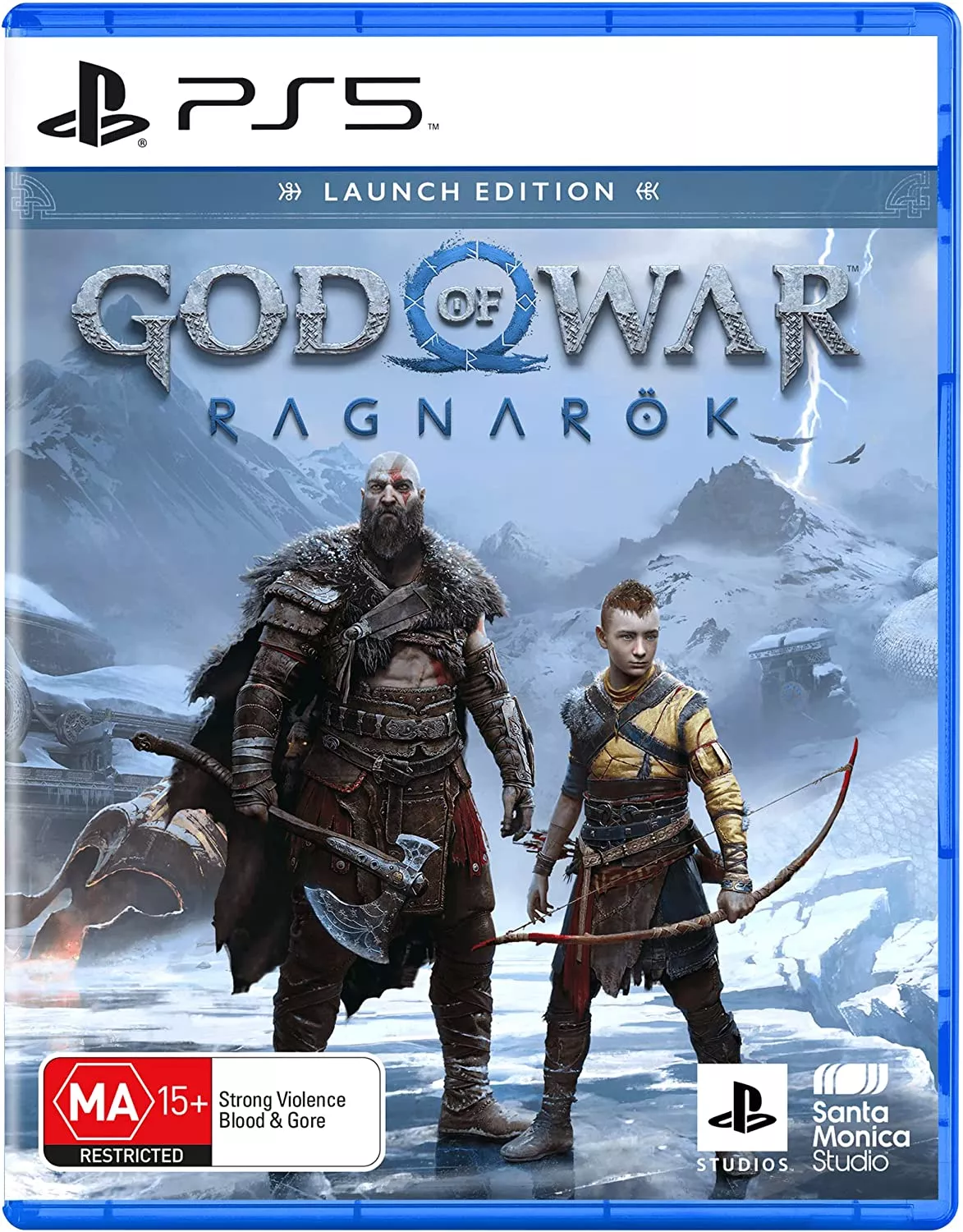 |
God of War Ragnarok9 November 2022PS4, PS5 |
This article may contain affiliate links, meaning we could earn a small commission if you click-through and make a purchase. Stevivor is an independent outlet and our journalism is in no way influenced by any advertiser or commercial initiative.


